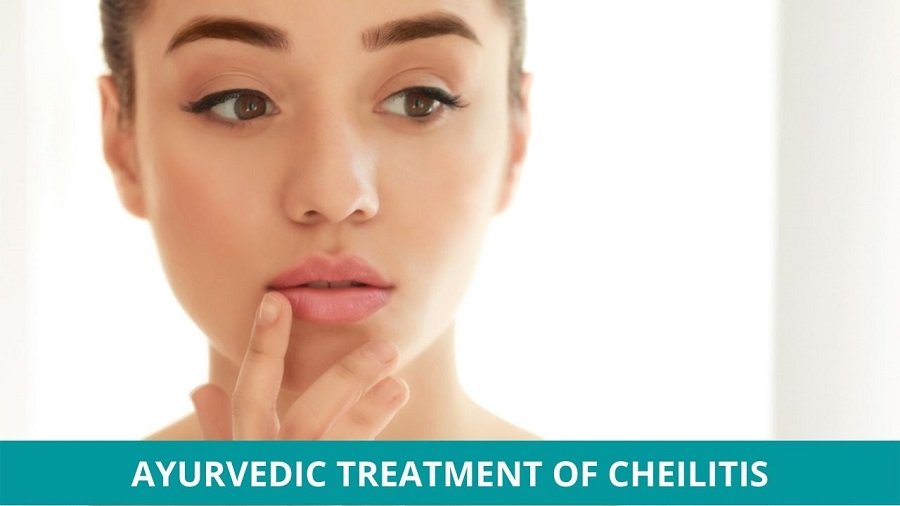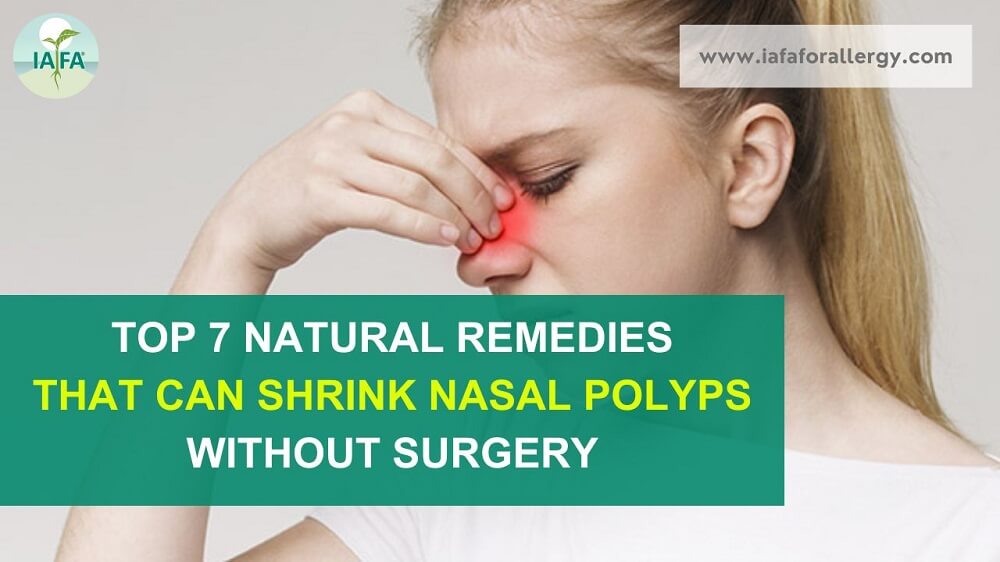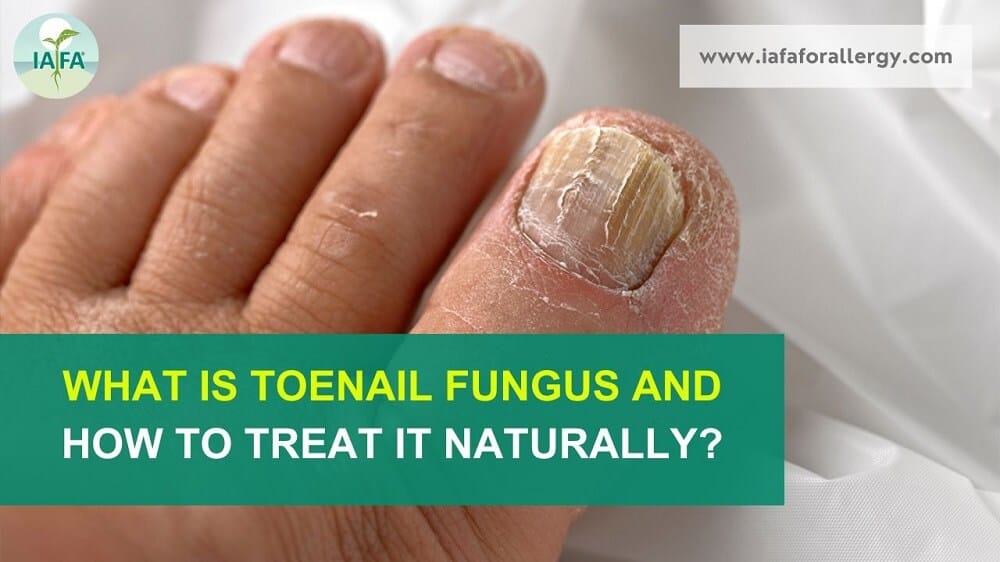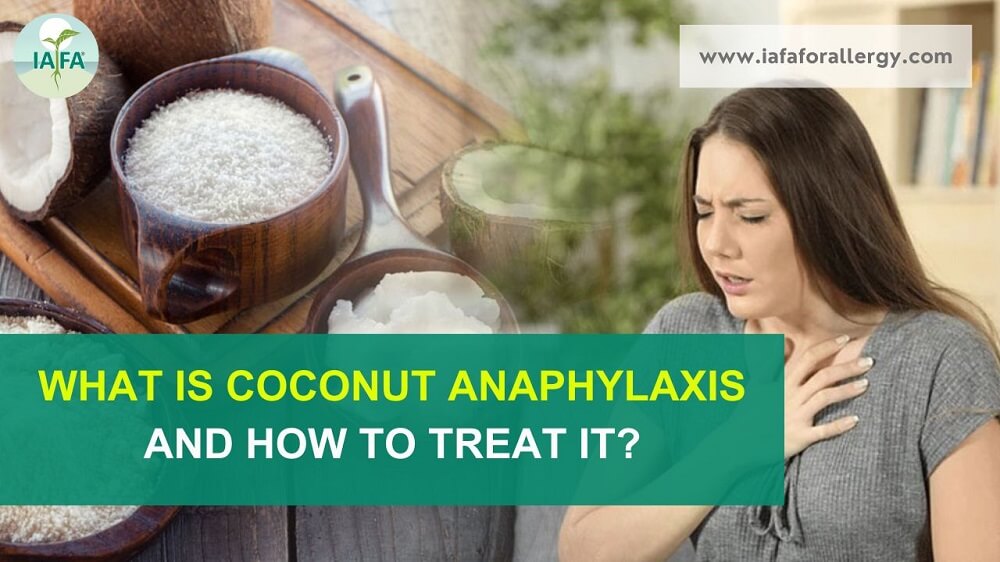Are you also troubled by the inflammation of the lips, called Cheilitis? If yes, we got you covered here, as, in this article, we’ll go through the causes, symptoms, and measures to treat Cheilitis.
Cheilitis, or the Angular Cheilitis, causes red, patchy, and swollen commissures (angles) on the outside of the lips. This inflammatory condition may last for a few days or a persistent amount of time and occurs in people of all ages, including infants. Angular Cheilitis, Angular Stomatitis, and Perleche are different terms, used to describe the same condition.
Types of Cheilitis
- Exfoliative Cheilitis: Caused due to chronic lip biting or licking.
- Glandular Cheilitis: Caused due to exposure to the sun or smoking.
- Cheilitis Granulomatosa: Caused due to genes, food allergies, or infections.
- Eczematous Cheilitis: Caused by allergic or irritant reactions on the lips.
- Angular Cheilitis: This is caused due to dryness, in people suffering from diabetes, etc.
- Actinic Cheilitis: Occurs more commonly on the lower lip among light-skinned individuals.
Cause of Cheilitis
There may be quite a few causes behind the occurrence of this condition which include: –
- Nutritional Deficiencies,
- Yeast Infection, or
- Atopic Dermatitis. (itchy inflammation of the skin)
Let’s discuss the Causes of Cheilitis in detail: –
- Yeast Infection: The yeast infection mentioned above is a result of saliva accumulation around the lips. Saliva causes lips to crack by settling around the corners of the lips. This settled saliva provides a perfect environment for fungus-like yeast to grow.
- Overhung Upper Lip: People who have an overhanging upper lip may suffer from Cheilitis as it creates a deep angle at the corners of the lips, providing more space for the saliva to settle.
- Oral Thrush: An oral infection commonly found in babies, people with low immunity, or asthma patients who use steroid sprays.
- Antibiotics: People who are on frequent antibiotics may also develop this inflammatory condition.
- Deficiencies: Deficiency of minerals like zinc, or vitamin B-9, B-6, B-2 can also lead to the development of Angular Stomatitis.
- Sjogrens Syndrome: A chronic disorder that leads to insufficient moisture production in the glands of the body. (saliva and tear-producing glands).
- Weather: Extreme weather conditions like cold, wind, etc. may also cause lips to chap and further develop Cheilitis.
Other than these factors, people suffering from various other conditions may also develop Cheilitis, which include:
- Anemia
- Diabetes
- Cancer
- People who have braces
- People who smoke
Symptoms of Cheilitis
The most common Symptoms of Cheilitis are:
- Redness around the lips.
- Dryness on and around the lips.
- Painful and burning sensations around the lips.
- Scaling of fissuring.
- Cracking and peeling of lips.
- Swelling around the lips.
- Bleeding of lips or the cracks around the lips.
- Itching sensations.
- Crusting at the corners of the lips.
- Discoloration of lips.
Treatment for Cheilitis
Treating Cheilitis by practicing a few home remedies without relying on antibiotics or medications is one of the best methods to heal this condition. Scroll down to go through a few super quick and hassle-free home remedies and lifestyle changes that can help you get rid of Cheilitis.
- Apply mustard oil on the navel after batch, or on the lips before going to the bed to keep them moist.
- One of the most magical remedies to treat Chapped lips or Cheilitis at home is by applying ghee, which provides natural healing and moisturization to the lips.
- Applying Glycerin is another option to heal cheilitis.
- Almonds are rich in natural oils, consuming 7-8 almonds on a daily basis provides internal nourishment and healing of the lips and this condition.
- Application of cardamom powder along with butter on the cracked area also helps in the healing of cheilitis.
- Aloe vera gel has extreme moisturizing and healing properties if applied fresh on the skin and lips.
- One must always avoid sharing lip cosmetics and lip balms whether or not suffering from Cheilitis.
- Avoid lip licking and lip biting at all times.
- Apply fresh milk cream on the lips and skin to keep it from chapping and cracking.
- Maintain good oral hygiene and lifestyle habits.
- Keep yourself hydrated at all times, this prevents dryness of skin and lips and keeps them from chapping and cracking.
Consumption of the following foods rich in various minerals and vitamins can contribute to healthy skin and lips:
|
MINERALS / VITAMINS |
FOODS |
| VITAMIN A | Eggs, Pumpkin, Mango, Papaya |
| VITAMIN B-12 | Chicken, Mutton, Milk |
| ZINC | Milk, Almonds, Chickpeas, Yogurt |
Conclusion
Understanding the importance of the above-mentioned remedies and following a healthy diet can definitely help you Heal Cheilitis, in a short span of time. For further assistance in Treating Cheilitis, or ayurvedic consultancy, contact us. We at IAFA® are experts in Ayurvedic treatments. Book your appointment with us now to avail yourself of more ayurvedic benefits.








